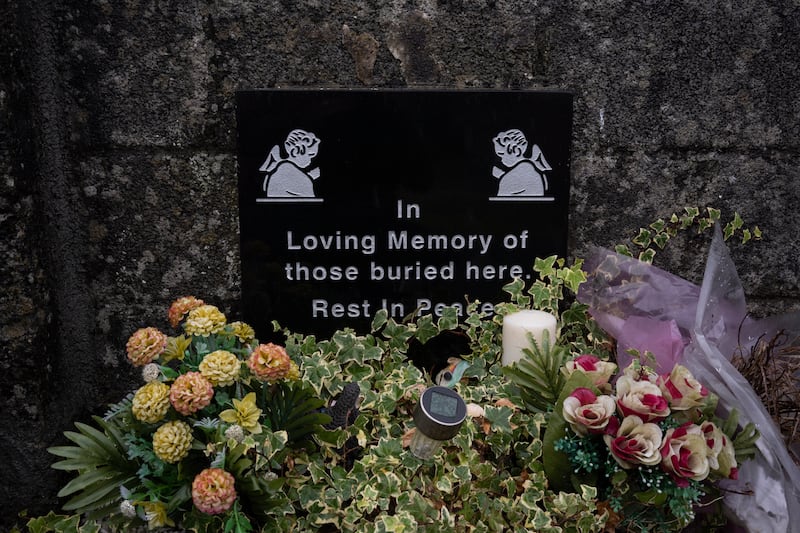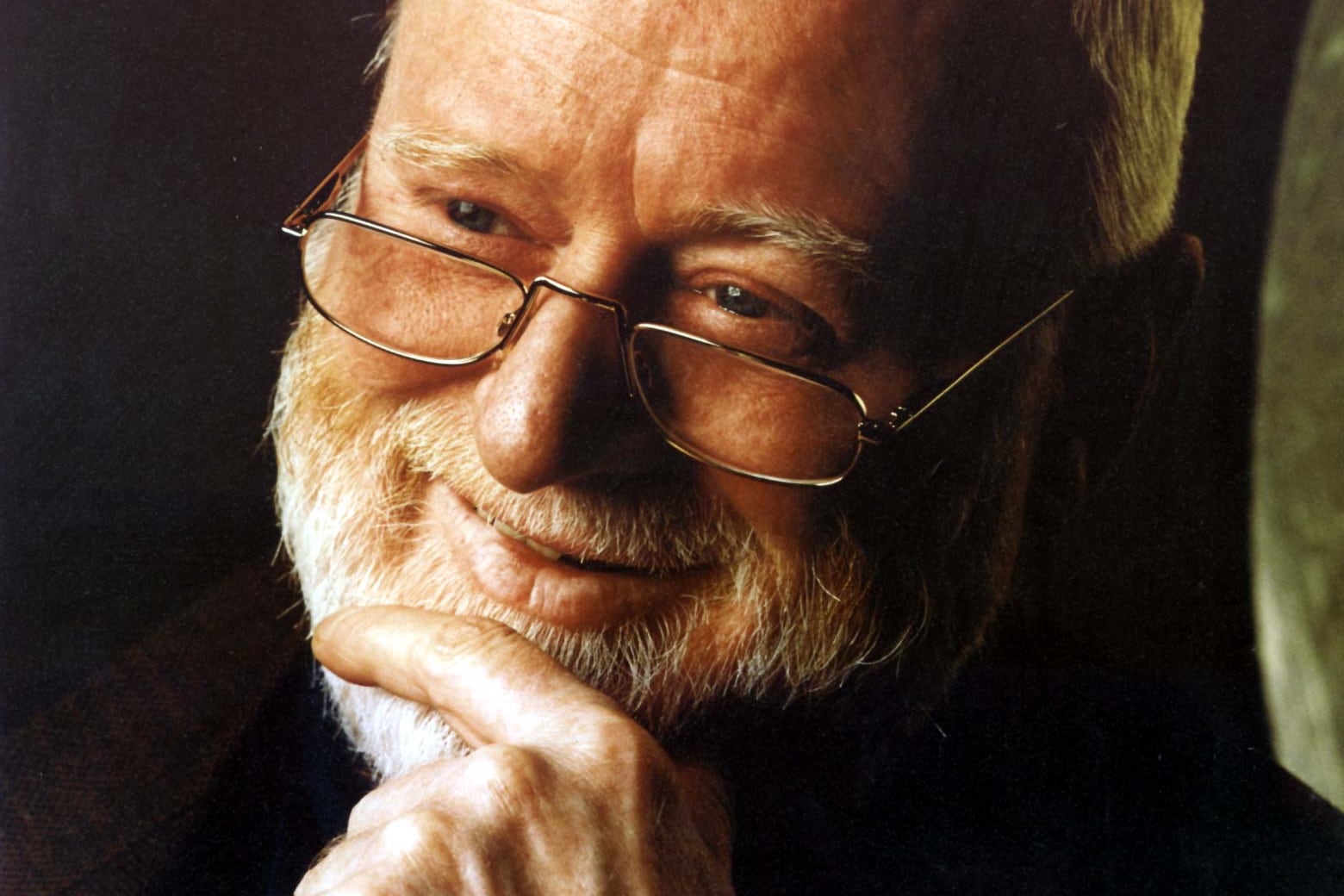On a sublime Thursday morning in Tuam, the playground is lit in true summer sunshine but there are no children. A stark sign has been posted on the railing: closed until further notice.
People can still access the small walled enclosure where the remains of almost 800 babies are soon to be exhumed by walking through the narrow lane between a row of terraced houses.
On Tuesday, Daniel McSweeney visited the site of the Co Galway former mother-and-baby home in the company of Catherine Corless, whose extraordinary research and perseverance has led to what Minister for Children Roderic O’Gorman this week described as “one of the most complicated forensic excavations in the world taking place”.
Confirmation that McSweeney, formerly of the International Committee of the Red Cross, has been appointed director of intervention was announced on Monday. He wasted no time and spent most of Tuesday with Corless. She was encouraged by the meeting.
READ MORE
“I must say, he is a lovely chap,” she says.
“And he is getting down to business straight away. He asked me to meet him at the site and I showed him what I knew of it. And he wanted to see my research. So, we came out here and we sat for about three hours at the table going through all the bits of evidence I had. He took a lot of notes. And he asked me about all the different groups around Tuam. There are three different groups of survivors who have family in those sewage tanks. And he is contacting them and will meet them individually. He has a plan drawn up. But he wants to meet them to give them the courtesy of knowing what will be happening.”
Almost a decade has passed since Corless, who grew up in Tuam and acquired an interest in local history, first went public with a shocking and distressing revelation, arrived upon after years of painstaking research through planning documentations and cross-referencing birth and death records.
The bodies of hundreds of babies who died from various ailments while in the home were wrapped in cloths and placed in the chambers of a defunct sewerage system at what was the rear of the former workhouse building. The news brought an intense burst of international attention on Tuam and, more generally, on the role of religious orders in 20th-century Ireland. The building, once walled and forbidding, has long been demolished and replaced by the housing development and the playground. But it still exists in the imagination of many local people who remember it – and the children who once lived there.
Corless has ascertained that, initially, “box burials” were given by the Bon Secours sisters at the home from 1925 until 1938 or 1939. After that, the building was joined to the mains system in Tuam so the sewerage system, with a warren of chambers became defunct.
“So, from 1940 to 1961 is when they started putting babies into the defunct chambers,” she says.
McSweeney gave her a synopsis of what lies ahead over the coming months and years.
“It is going to be difficult, and they do know that the remains are mixed up and whatever cloths the babies were wrapped in are well gone. As well as that, water got into the chambers. They are literally going to have to take every little bone they find and label it. And it will be an extraordinary effort by them,” says Corless.
“Some of them,” he said, “it may be difficult to get DNA but that said, it is possible to put a little baby back together with the measurement of bones. It is something that must be done. It is the right thing to do.”
Oran Finegan works with the International Red Cross as forensic manager for emergency preparedness and response and has extensive experience working on excavations throughout Europe over the past 25 years. As he hasn’t visited the Tuam burial site, he can’t speak specifically about the likely challenges of that operation but can draw parallels based on his experiences.
“Dealing with any case of commingled humans remains is highly complex. We must remember that each adult skeleton usually has about 206 bones. The juvenile child skeletons have a greater number, as the bodies are still growing. So, if you take a jigsaw puzzle, the more pieces in it, the more complex it can become,” he says.
[ Advanced DNA technology to aid matching of infants buried at Tuam to relativesOpens in new window ]
[ Excavation at former Tuam mother and baby home to be one of ‘most complex’ everOpens in new window ]
“And when you look at the type of jigsaw, the easier the picture is to see, the less complicated it is. But when you have no association, it makes it a lot more complicated. So, you need to spend the necessary time to understand the context in which the remains are held. The forensic archaeologist will come in and assess the site, document clearly the location of those remains within the site and to ensure a full documentation – so that, when they are recovered, the forensic anthropologist can use that spatial analysis to try and begin to reassociate those remains. There are no fast results in cases I have dealt with regarding commingled remains.”
For professionals like Finegan, the nature of the work is at once rigorously scientific and process-driven while highly emotional because of the close dealings with family members of the bereaved.
“For me, one of the things that has been most challenging over the years has been trying to maintain a professional line while dealing with the very strong and understandable emotions of survivors and people involved,” says the Co Louth native.
“In a project in Cyprus, for example, we used to meet every family when an identification had been made. And no two families were the same. You had people who had accepted it. And people for whom it was like yesterday.”

Until Catherine Corless followed her instinct, the fate and dignity of the 796 babies left to rest in Tuam belonged to a repressive chapter that nobody wished to think about. In the coming years, they will be at the centre of painstaking attempts to re-establish their identities by the same state that was coldly indifferent during their short lifespans.
As Oran Finegan outlines, the process is determined by patience and systematic methodology and can’t be limited by a time frame. After the remains are exhumed, they are taken to a facility where maps and reports of the site will be provided to an examination team in a laboratory. Skeletal analysis, DNA samples, X-rays to help to determine ageing are all likely to factor before those involved “try to see what is possible for reassociation” of the remains. Finally, an identification committee will, where possible, make a formal or legal identification.
O’Gorman made clear that the coroner with responsibility for the Tuam area would have “full access to all information coming from the site ” and could intervene at any point, if deemed necessary. The excavation will be funded by the Department of Children, Equality, Disability, Integration and Youth.

In the years since Corless brought the disgrace to light, relatives and survivors of the former home have gathered to make the burial site a little more humane. In early June, the walls are coloured with rose bushes and lined with teddy bears, dolls, messages and photographs. A list of names and ages, often in months, has been framed and makes for heartbreaking reading. The grass is immaculate. The gate to the walled enclosure is freshly painted. The message is clear: the occupants are not forgotten.
[ Catherine Corless honoured by Red Cross for her work on Tuam babiesOpens in new window ]
“We had been let down so many times over the past few years when we thought it would happen,” Corless says.
“We thought it would happen in 2017 when they knew it was the home babies that were there. I felt it would happen this time but still you have a niggling doubt because there have been a lot of lame excuses over the years. They are going in there, anyway, finally, and it is a great relief to know that this is happening,” she says.
“And more than anything, for me, it gives a firm message for future generations that this shouldn’t have happened and that it was wrong. That was my main focus; to right that wrong. And it is happening now. And that is a great thing, it really is.”





















